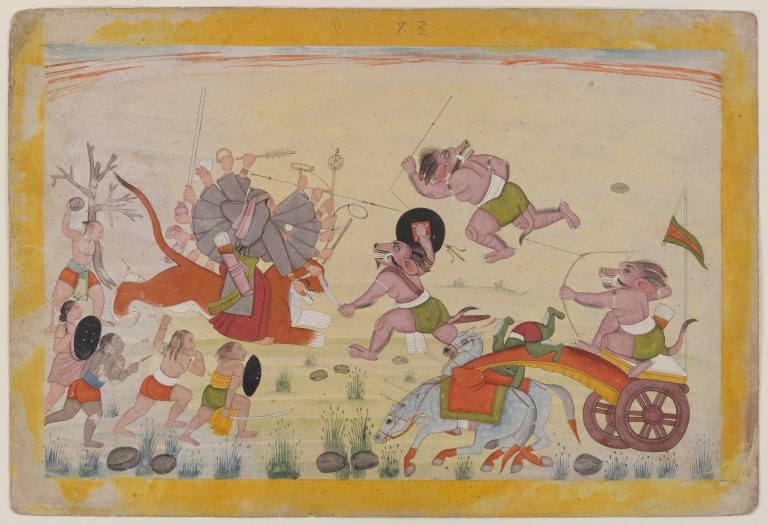
Photo by David Short: Miner Moth
Another beautiful day, I think guiltily as I wander down the road. It’s a pretty road, with a sidewalk, a trottoir, they call it here in Berlin, Germany – in a part of the country where no buffaloes but instead quite a few French-speaking Huguenots used to roam. It’s lined with flowering chestnut trees, known as Horse Chestnuts, or Aesculus hippocastana, because in ancient times the horses used to be fed the conkers – those glistening, dark-chocolate-cinnamon-colored seeds inside a spiny protective armor. The conkers cured them of coughs and other such maladies. The trees’ snowy white or deep-pink blossoms remind me of fluffy, diaphanous Southern belles sitting upright and proud in the midst of a riotous green. On a day like this – but there’ve been too many of these recently, I think to myself – I’m grateful for their graciously offered shade. And when the evening seeps in sluggishly, around 9 or 10 at this time of year, they perfume the air heavily with their sensuous, lush fragrance.
I like to imagine a single chestnut tree, many centuries ago, tucked away in happy anonymity in a shady, humid ravine somewhere in the Pindus Mountains of ancient Greece. The canyon was surely thick and alive with juicy greenery, and the chestnut was just one among a whole variety of kindred plant-spirits. Here in the Balkans, it had managed to survive the rigors of the Ice Age so many millennia before. Given the chestnut’s charms, it is no wonder that the Ottomans later so eagerly collected its seeds and cultivated the tree in the walled gardens of Istanbul. Willem Quackelbeen, the sixteenth-century physician to the Holy Roman Emperor’s ambassador under the reign of no other than Suleyman the Magnificent, reported seeing them there in abundance. Very likely they blossomed on the grounds of Topkapi Palace, delighting the eyes of silken-veiled women peeking longingly through dark, grated windows or lounging in the loggias of the harem. Some years after Quackelbeen’s missives from Istanbul, a specimen finally arrived in Vienna – maybe on the back of a horse, maybe a mule, maybe even on a camel. The year was 1581 when a man by the name of Clusius, a court-servant to His Roman Imperial Majesty Maximilian II, wrote about the unfolding of the chestnut leaves in springtime Vienna. The tree went on to become a favorite in European cities, especially in the Victorian era, lining stately lanes, parks, and squares. Berlin cannot be imagined without the brilliant green, white, and pink of the chestnut trees in early summer along so many of its wide avenues. They offer an indispensible shady canopy over the long wooden tables of the beer gardens so popular all over Germany. Continue Reading →



